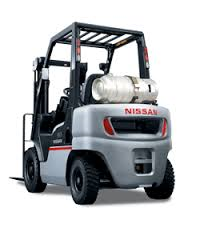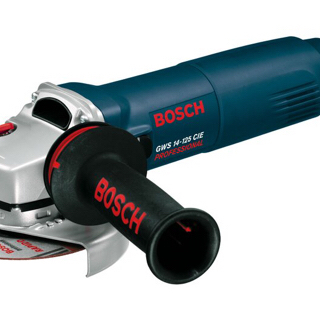Information
-
Conducted on
-
Prepared by
-
Employee being evaluated
-
Location
-
PIT Information
PRE-USE INSPECTION
-
Follow the Operator's Daily Checklist
-
Look for damage
-
Document all findings on the checklist
-
Operator inspects/wears seatbelt
PICKING UP A LOAD
-
Stop with the fork tips about 1 foot from the load
-
Square up on the center of the load
-
Clear personnel from the area near the load
-
Level the forks; then slowly drive forward until the load contacts the carriage
-
Lift the load carefully and smoothly until it is clear
-
Tilt the mast back slightly to stabilize the load
-
Look over both shoulders
-
After out and stopped, lower the load to travel height
TRAVELING
-
Do not lower or raise the load and forks while traveling
-
Maintain a safe speed
-
Observe all traffic rules, warning signs, floor load limits and overhead clearances
-
Keep arms and legs inside of the forklifts
-
Follow other vehicles at a safe distance
-
Slow down when going around corners
-
Use the horn to alert others
-
Stop smoothly
PUTTING DOWN A LOAD
-
Making sure there is sufficient clearance for the load
-
Clear personnel near the load
-
Square up to the location; then stop about 1 foot away
-
Raise the load to placement level
-
Move slowly forward
-
If the load is on a pallet, lower it into position and lower the forks further
-
Look over both shoulders before backing out
-
Back straight out until the forks have cleared
-
Lower the forks into travel position
PARKING
-
Fully lower the forks
-
Neutralize the controls
-
Set the brakes
-
Turn off the power
-
Based on my evaluation, the operator has _________________________ completed the evaluation and hands-on training in operating the above referenced equipment.
-
Evaluator Signature
-
Operator Signature










